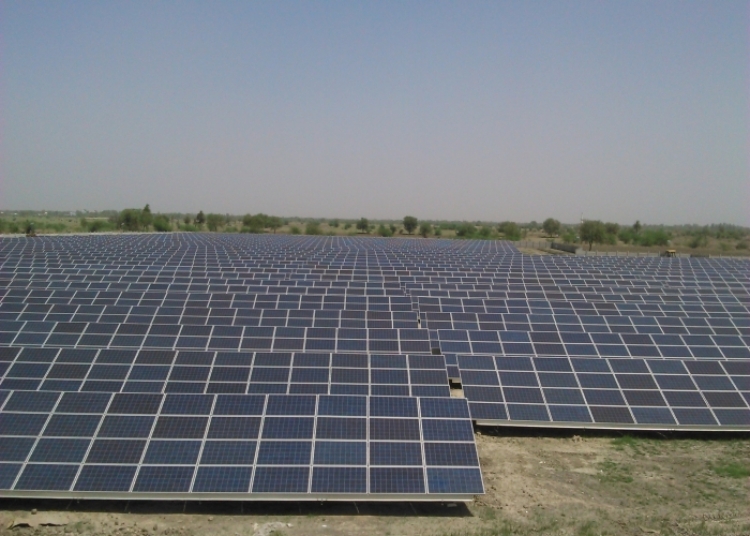China is advancing in space-based solar power technology to revolutionize clean energy production, a crucial move amid global efforts to transition from fossil fuels. Multiple Chinese teams are actively engaged in developing the technology needed for a space-based solar power facility, aiming to capture the sun’s energy continuously—an impossible feat from Earth.
The Vision and Technology Behind Space-Based Solar Power
Researchers envision a space facility that captures solar energy and converts it into electromagnetic radiation, such as microwaves and laser beams. These will be wirelessly transmitted back to Earth, where receiving stations convert them into electricity for distribution to power grids. Hou Xinbin, a senior researcher at the China Academy of Space Technology, details plans for a technology demonstration mission, involving two satellites—one to collect and convert solar power, and the other to receive laser beams.
Challenges and Future Prospects
While beaming laser power to Earth poses technical challenges, the vacuum of space simplifies transmission between satellites. To make space-based solar power commercially viable, challenges include developing compact, high-performance components and ensuring precise power beam transmission to ground stations. As China strives for clean, sustainable energy, experts see space-based solar power stations as a promising solution, offering uninterrupted sunlight and potential power output eight times greater than Earth-based solar panels.
Global Aspirations and Recent Developments
The concept of orbital solar power plants has been a global aspiration since 1968, but only recent technological advancements are making it feasible. In May 2020, the US Naval Research Laboratory conducted its first test of solar power generation in a spacecraft. In January 2023, the California Institute of Technology successfully launched the Space Solar Power Demonstrator, a groundbreaking experimental satellite beaming detectable power to Earth.
Source:chinadaily.com.cn





